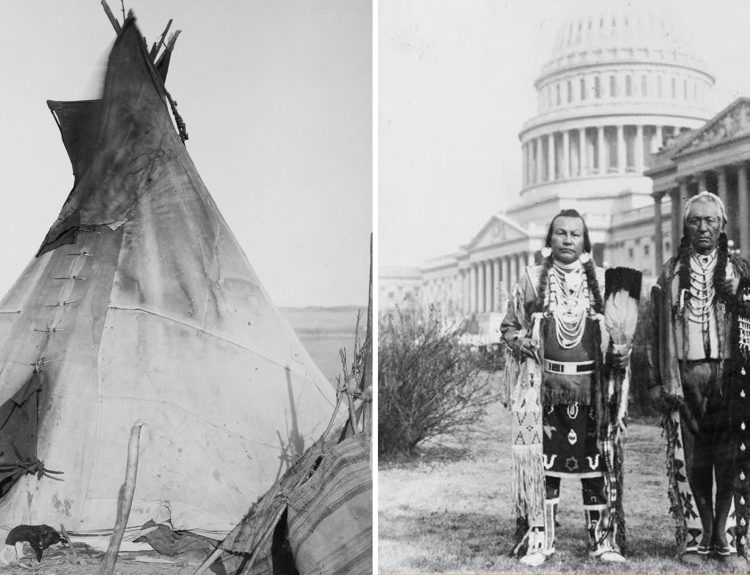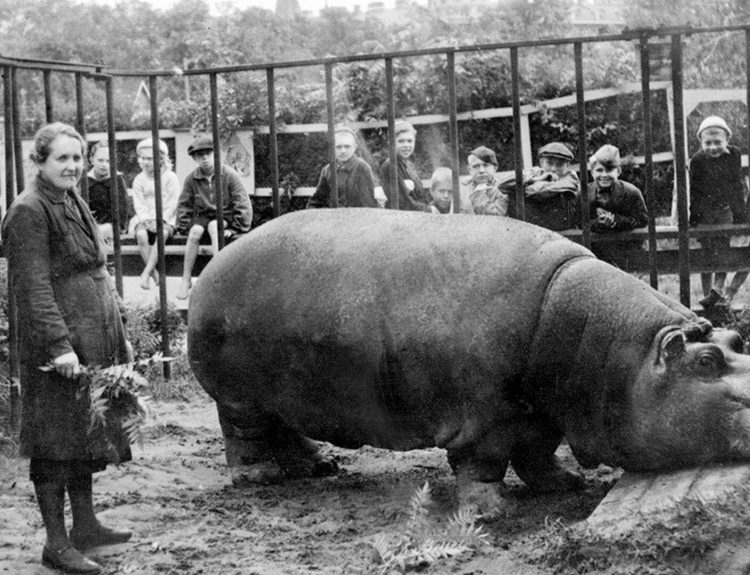In the early days of Britain, many small rulers styled themselves as local “kings.” Most of them left nothing behind but their legacy. Finding this gold coin has opened the door to learning more about this pre-Roman British King. Let’s see who he was.
The King Who Was As Strong As a God

Translation of the Latin script on the coin gives us the name “Esunertos.” Scholars understand that the name itself was Gaulish in nature, suggesting that this Esunertos may have had roots stretching to the continent, especially Pre-Roman France. He likely existed alongside several other “kingdoms” in South-East England.
Esunertos translates to “as mighty as the God Esos,” suggesting that the coins were minted to show off the ruler’s strength. It’s unlikely that Esunertos used the term “king” in referring to himself either, as the concept was not yet created. It’s far more likely that he was a landowner or controlled vital resources, hence giving him power over others.
Why Is The Ancient Coin Important?

Rulers like Esunertos had to cement their reputation as strong leaders, and minting coins was an excellent way to remind regular people to whom they owed their allegiance. Dating methods suggest that the coin was created around 50 to 30 BC, predating Roman rule, but just around the time of Julius Caesar’s first incursions into the isle.
Roman rule of England commenced around AD 43, and their authority extended for almost four centuries. Rulers like Esunertos formed the “barbarians” that the Romans encountered and crushed during their early forays into the island. Toward the end of Roman rule, many of the kingdoms that survived rose up and fought to regain their independence.
Rarity Of Artifacts Like Esunertos’ Coin

Coins are a core part of history, and seeing one from this period is rare. In fact, collectors estimate that only three coins with Esunertos’ name survive to the current day. As such, they’re a treasure for collectors and fetch quite a hefty price when they’re put up for auction.
Coins made out of metal remain rare, primarily because they were items that were no longer of use if a king or kingdom fell. Usually, coins from conquered kingdoms were either reforged into new coinage or simply lost. Luckily, there are people out there who hunt coins and other metal objects down.
Who Found This Coin?

Lewis Fudge, an amateur detectorist, was the person who found the coin. He is among hundreds of detectorists who comb areas for discarded metal items using metal detectors. In this case, it was in a Hampshire field that Mr. Fudge struck gold, quite literally.
Experts have described the coin as one of the outstanding discoveries of recent decades. The coin itself was as small as a fingernail, making finding it a happy accident, even with a metal detector. It turns out the coin is quite valuable because of how old it is and how rare any coin bearing Esunertos’ name is.
What Happened to the Coin?

Typically, when someone finds an old coin and gets it valued, it goes up for auction. The price of a coin varies depending on when it was minted, the design, the composition of rare metals in it, and a slew of other factors. In this case, its very age and what it means for history was part of the value.
In this case, the coin was put up for auction by auction house Sprink. Original estimates were that the coin’s value was around $5,000. However, thanks to Sprink’s professionals, the final price for the coin was $25,000. This sets a new record for the price of coins of this type.
This Coin Is More Important Than You Think

Scholars are excited about this coin, and not because of its value. Esunertos’s coin gives us a glimpse into a past that we otherwise can’t see. “This fabulous piece of prehistoric artwork completes the mental image we have when we think of Iron Age Britain – the war horse and chariot,” says Gregory Edmund, the Iron Age Relic specialist at Sprink.
What’s more, the appearance of Latin on the coin makes scholars think that Romans were far more prevalent there during the period than first considered. They might have even been responsible for Esunertos ascending to the leadership of his people. Esunertos’ name goes into the history books as one of the rulers of England we now know.
What Does it Take To Find a Coin Like This?

Honestly, all it takes is a little dedication and a lot of luck. Amateur detectorists have become quite helpful to archaeology by giving science metal objects to work with discovered in places they would never think to explore. Finding a rare coin like this makes the hobby worthwhile.
While you might not find something worth tens of thousands of dollars, there are still a lot of artifacts buried under the ground that you could locate easily. While it might not be coins, there might be more exciting things lurking in the dirt yet to be uncovered that tell us the story of times long past.
A New Name To Add to History

We now know Esunertos’ name, but that’s probably most of the information we’ll ever have about him, short of scientists detecting one of the settlements he ruled. His coin shows us a Britain before Rome set its sights on conquering the entire country. It shows how far their language traveled on the island.
How entrenched in the political system of the time the Romans were is still uncertain. Can you imagine living in Britain during this pre-Roman era, with coins forged and labeled in Latin? Even if we learn nothing new about Esunertos, his coin and his legacy lives on 2,100 years down the ages.






